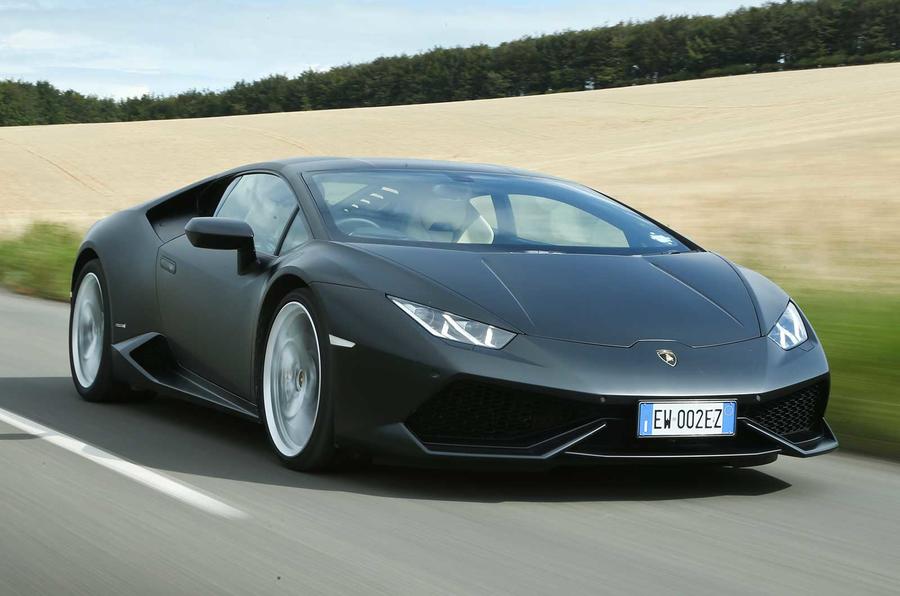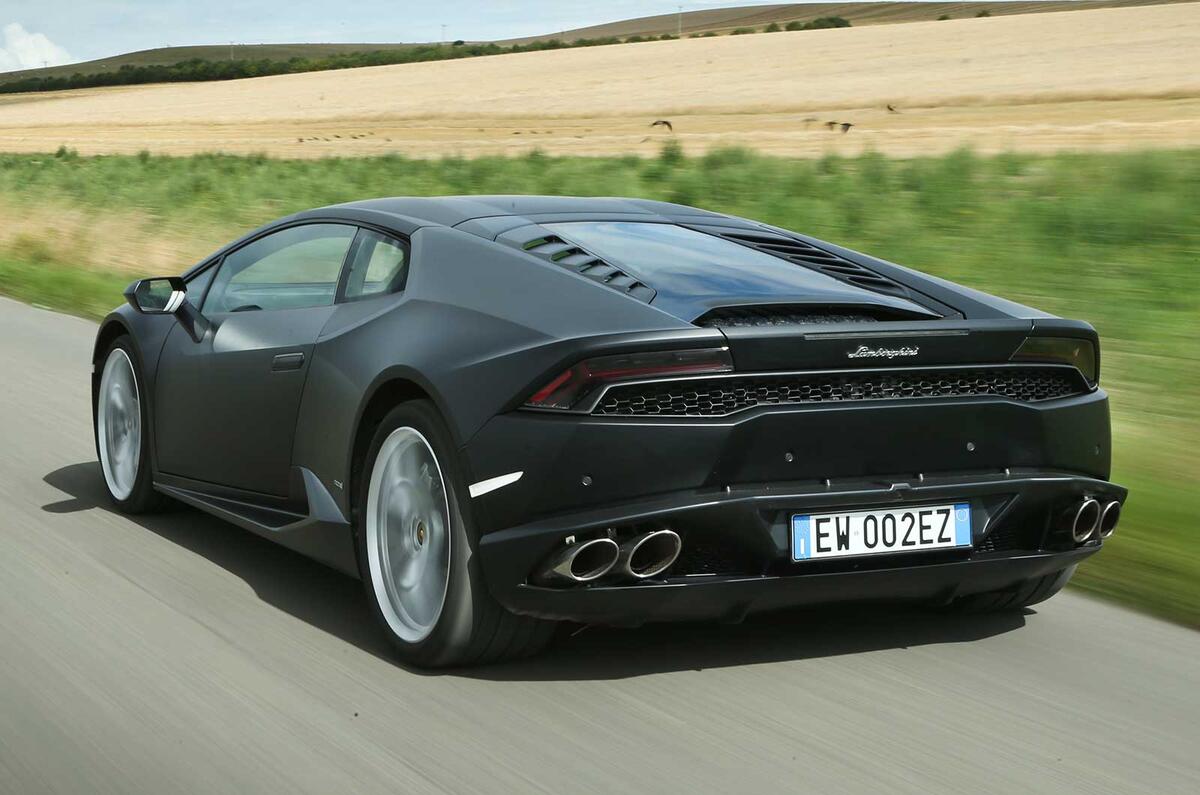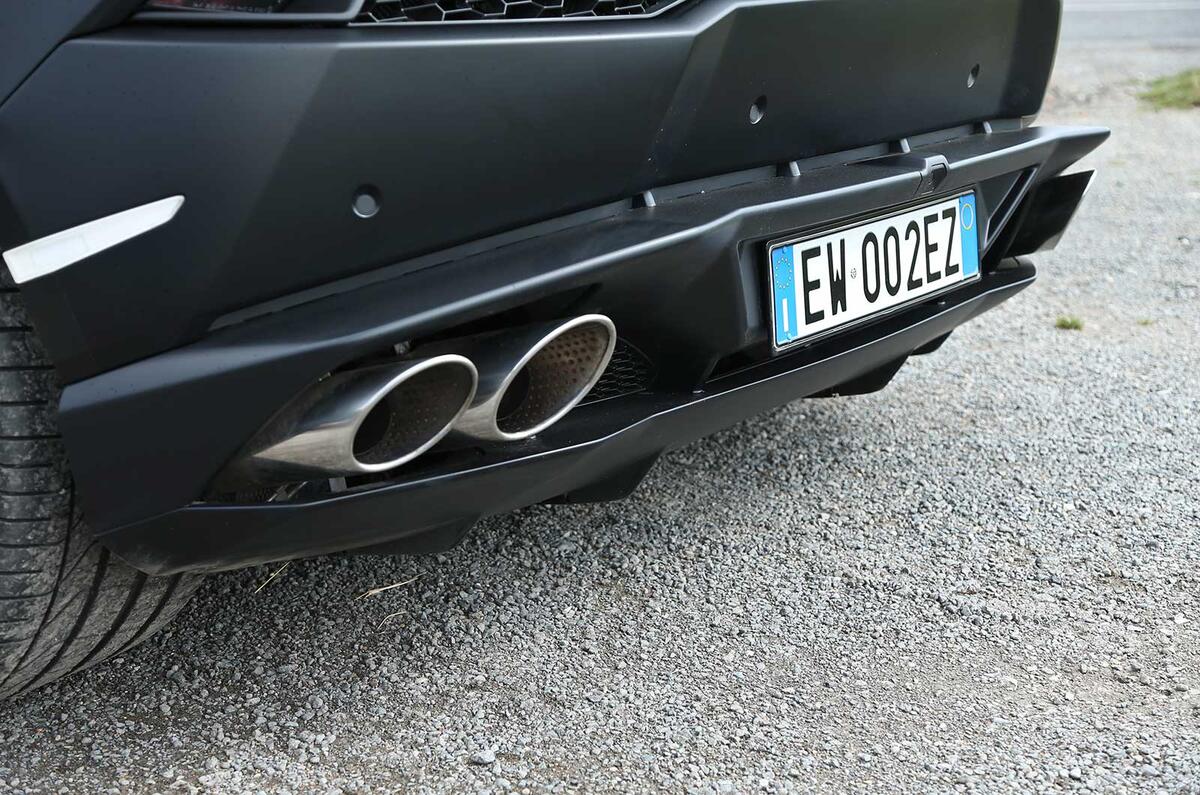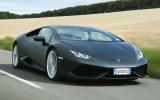What is it?
There’s a lot that’s promising about the Lamborghini Huracán, as you know from our first drive of the supercar on continental roads.
It retains a 5.2-litre V10, like the Gallardo before it and, crucially, natural aspiration. The engine’s top end, particularly, has been heavily revised, putting the power output up to 601bhp, achieved at 8250rpm.
Maximum torque, 413lb ft of it, isn’t made until 6500rpm, which means the Huracán will want revving, likely to be facilitated by the fact that it comes with a dual-clutch transmission instead of a clunky monoclutch robotised manual. There’s no conventional manual this time because, of the 14,000 Gallardos that were sold, only around 300 were ever ordered with a clutch pedal. Pity. I drove one. It was good.
Anyway, it’s the same twin-clutch unit that the Audi R8 uses, which is appropriate because from next year the R8 will share the Lamborghini’s part-aluminium, part-carbonfibre architecture. Like the Audi, the Lamborghini comes with adaptive magnetorheological dampers, albeit they’re optional here. Also on the options list is variable ratio electrically assisted steering, which is quicker at lower speeds than higher. Our test car came with both options.



























































Join the debate
Add your comment
wind chimes
Lambos used to look
WHO WILL BUY THIS WITHOUT ADS?